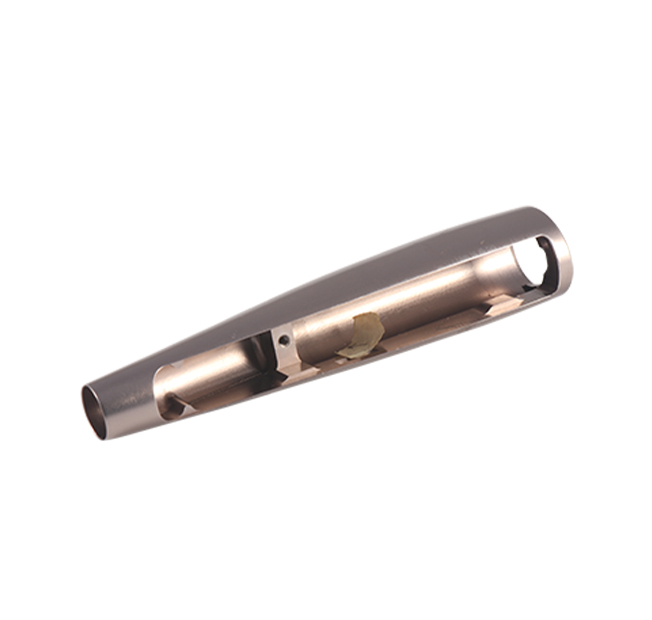Time:2025-05-27 Views:0 source:CNC Machining customization source:CNC Machining news

The stamping parts processing industry is currently undergoing significant transformations driven by technological advancements, changing market demands, and global economic dynamics. One of the most prominent trends is the integration of advanced digital technologies. With the rise of the Internet of Things (IoT), artificial intelligence (AI), and big data analytics, the industry is moving towards smart manufacturing. IoT sensors are increasingly being installed on stamping equipment to monitor real - time operating parameters, such as temperature, pressure, and vibration. This data is then analyzed using AI algorithms to predict equipment failures, optimize production schedules, and improve overall efficiency.
Another key trend is the increasing demand for lightweight and high - strength parts. In industries like automotive and aerospace, there is a growing need to reduce the weight of components to improve fuel efficiency and performance while maintaining structural integrity. As a result, new materials such as high - strength aluminum alloys, magnesium alloys, and advanced high - strength steels are being widely adopted in stamping parts processing. Manufacturers are also exploring innovative forming techniques, like hot stamping and hydroforming, to shape these materials into complex geometries.
The globalization of the market has also had a profound impact on the industry. Stamping parts processing companies are now facing intense competition from both domestic and international players. To stay competitive, many are focusing on expanding their global presence, either through direct investment in overseas production facilities or by collaborating with international partners. Additionally, the growing emphasis on environmental protection has led to the development and implementation of green manufacturing processes in the stamping parts industry, which will further shape its future development.
Read recommendations:
Sealing ring Precision electronic parts
Housing components for recessed downlights Precision electronic parts
Oval Magnetic Hardware Precision electronic parts
CNC Machining Dimension Accuracy
CNC processing factory - Meeting customers' strict requirements for precision